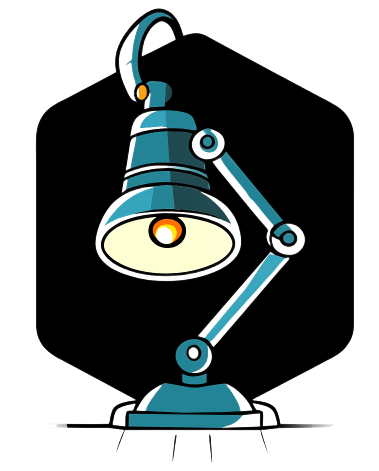Windows Update Issues
If the Windows Update service is not installing updates as expected, try restarting the program manually. Restart Windows Update with this command:
Restart Windows UpdateIf you want to check if updates can be installed now, go to Windows Settings and choose Windows Update.
Considering this, what should you do if Windows Update is not working? If you are experiencing issues with Windows Update, you can try the following procedure:
- To resolve common problems, run the built-in Windows Update troubleshooter.
- Select Settings, then Updates and Security, then Troubleshoot, and then Windows Update.
Getting Windows 10 20H2 Update
To get the Windows 10 20H2 update, follow these steps:
- Go to Start, then Settings, then Update and Security.
- Click on the large button "Check for updates in the center".
- Wait for a moment.
Forcing Windows Update
To force the Windows update, follow these steps:
- Type
wuauclt.exe /updatenowin the Command Prompt window. - This will bring up the Windows Update window and allow you to click the "Check for updates" button.
Windows 7 Update Limitations
Windows 7 operating systems can no longer receive free updates to Windows 10 after the expiration date of July 29, 2016. However, Microsoft does not recommend the upgrade as some Windows 7 computers may not be compatible with Windows 10.
Methods to Update Windows 10 to version 21H2
Update can be obtained using Windows Update. If the Windows Update is not already displayed at the top, select the "Check for updates" option. After a few minutes of searching, the message "Feature update to Windows 10, version 21H2" should appear.
Starting the Installation of Update 21H2
To start the installation of update 21H2, use the Update Assistant:
- Visit microsoft.com to download the program.
- Click on "Update Now" to download the Update Assistant tool.
- Run the downloaded file and click on "Update Now" to update to version 21H2.
Starting Windows 10 21H1 Update
To start the update, visit the Windows 10 Update Assistant application. Select "Update now". Download the Windows 10 Update Assistant application to the drive. Start the update from the new screen. Press "Update" and follow the instructions.
Starting Windows Update on Windows 10
To start Windows Update on Windows 10, follow these steps:
- Choose the Start menu, then Settings, then Update and Security, and then Windows Update.
- Choose "Schedule restart" and select a convenient time.
Note: You can configure the device’s activity time to ensure it restarts only for updates when the computer is not in use.
Getting Windows 11 Update
Force the update in a few steps:
- Go to Settings, then Update and Security, then Windows Update.
- Find the "Pause updates" option and click on "Advanced options".
